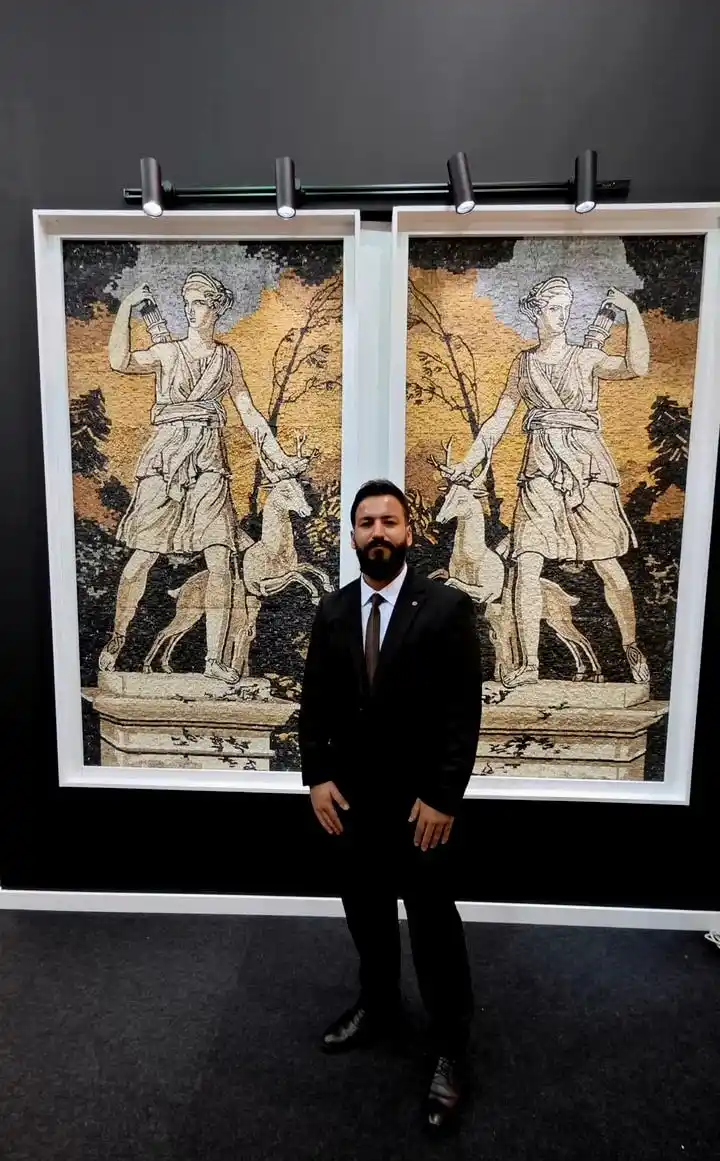The Matter of Marble
Reflections on Mosaic by Ali Zeren
alizeren.com/about
People think I make art from marble. Technically, yes—I do. I cut, sort, and place tiny pieces of stone until they become something more than the sum of their parts. But if I’m honest, what I’m really doing is listening to silence and shaping time.
Making a mosaic from marble is not just a craft. It’s not just a technique, or a skill you master over years (though yes, you will need years). It’s something else entirely. It’s a conversation with stillness. A slow negotiation with imperfection. It’s the art of choosing—deliberately, patiently—what matters in a world that moves too fast.
You don’t paint a marble mosaic. You assemble it, one tiny decision at a time. There is no brushstroke. No blur. Every piece is final, and every space between the pieces carries meaning. The gaps are just as important as the stones. And that’s the real lesson.
In mosaic, the message is not only in the image. It’s in the method.
That’s why I always say: if you want to learn mosaic, first learn to be alone. Sit with the stone. Look at it—not just for its color or shape, but for what it has already seen. Marble carries stories older than language. It was once a mountain. It broke. It eroded. It survived. That’s what you’re working with—not just material, but memory.
When I make a mosaic panel—a tablo, as we say—it’s not to decorate. It’s to hold something still. A moment. A breath. A grief. A joy I don’t know how to name. Sometimes it’s a face, sometimes a bird, sometimes just rhythm. But always, it’s a way of saying: “This mattered.”
Why marble?
Because it’s stubborn. Because it doesn’t bend. Because it demands you meet it where it is. You can’t force it. You cut it slowly, listen to the sound it makes as the blade moves through. Some days it cooperates. Some days it doesn’t. That tension—it teaches you how to work with the world instead of trying to dominate it.
And why mosaic?
Because it mirrors life. Nothing whole stays whole forever. Things crack. They fall apart. But they don’t have to disappear. In mosaic, what is broken becomes beautiful not in spite of its damage, but because of it. That’s the essence of it, really. That’s the mesele.
People ask me if I still learn things, after all these years. I tell them: every mosaic teaches me something I didn’t know. About patience. About rhythm. About the quiet between thoughts. About how to stay.
So no—what I do isn’t just “making pictures with marble.” It’s more like marking time with fragments, and trying to turn silence into something you can see.




Yorum yok